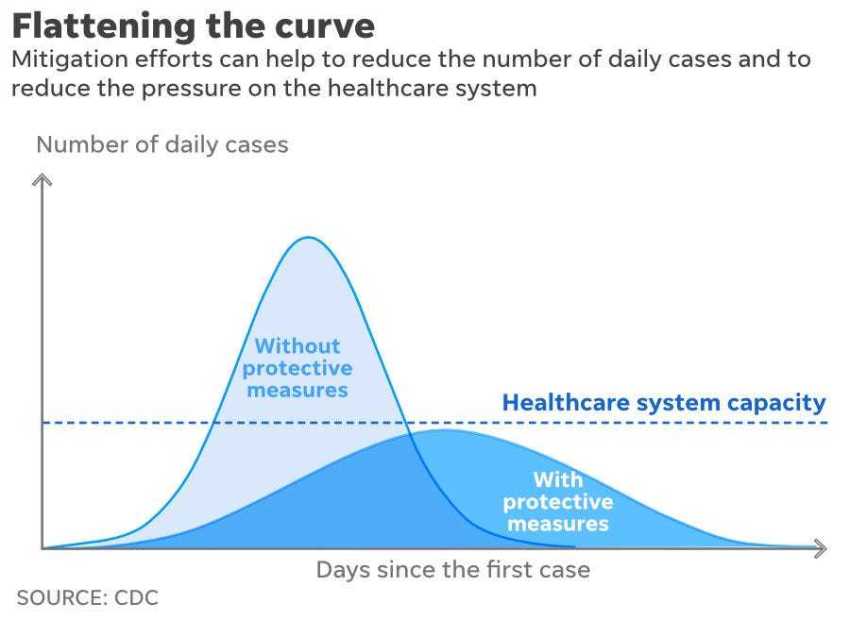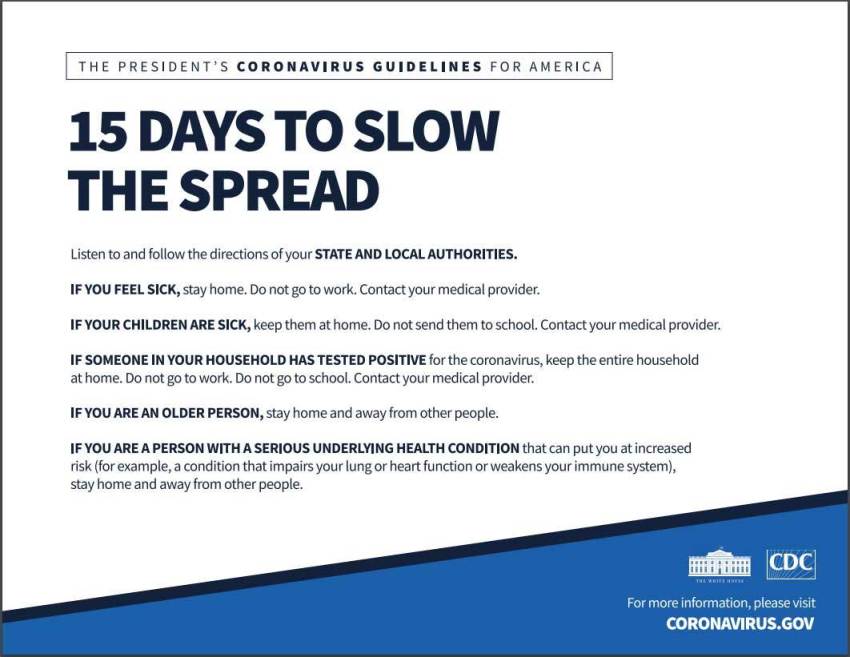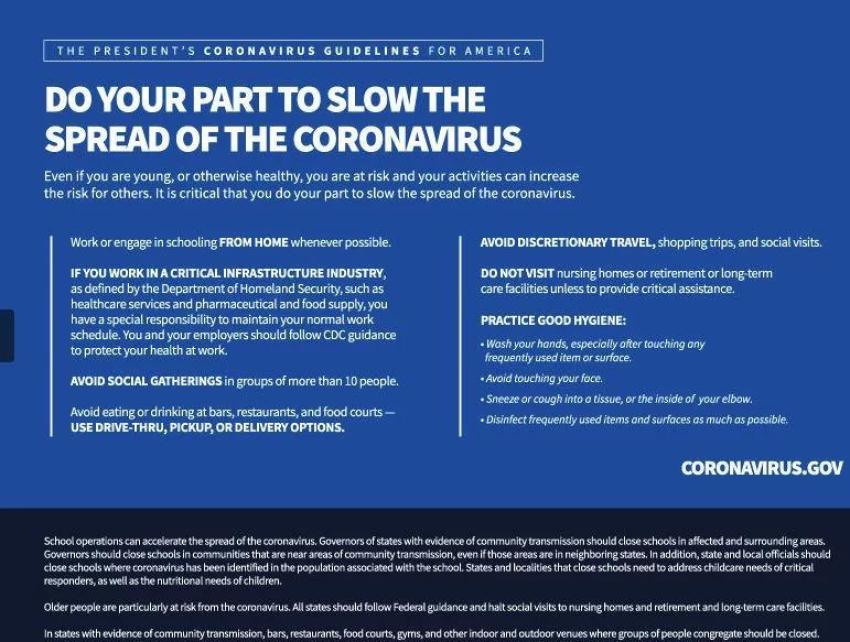COVID-19: Flatten the curve
In the past several weeks, the COVID-19 crisis has escalated to a widespread global pandemic, with recorded cases rapidly increasing in Europe and the United States. All but essential workers are being encouraged to self-isolate and “flatten the curve.” Medi-Share’s Dr. Alesia Greene breaks down what it means to flatten the curve and the actions we should take to do our part.
The phases of a pandemic are now familiar to us all. News programs and social media over the past week have referred to “flattening of the curve.” Slowing the acceleration phase is key to minimizing the impact of this virus on our healthcare system, but also will help expedite the completion of this first wave of infection.
As we look to countries that are ahead of us in the timing on the curve, we can expect to reach the peak approximately four months from now (July – August 2020), depending on our success in complying with the recommended public health measures.

Public health measures have seen important changes in our day-to-day lives. Social distancing has become a known concept, and the aggressiveness of this public health strategy has continued to escalate as the President announced limitations of social gatherings to less than ten people and added further restrictions to international flights just this week. Limiting activities outside of the home to grocery shopping, work, and essential tasks should be our standard over the upcoming weeks.
Enhanced COVID-19 testing will be our measure for identifying where we are on the curve. As of now, most states continue to have limited testing available, and most of these through the state health departments. An increased volume of tests is expected over the next three weeks through commercial vendors, enabling testing to expand to doctor’s offices and non-hospital testing sites.
However, testing in the upcoming weeks is still about monitoring the population infection rate. Rates of infection will double rapidly as more and more testing is completed. Relaxation of public health measures should not be expected until we “reach the peak,” and new numbers of infections begin to decline.
With a US population of 330 million people, you can see we still need to be prudent in who we choose to test. The standard criteria for testing remain:
- Fever higher than 100.4
- Cough
- Shortness of breath
AND
- Close contact with a person known to have COVID-19, OR
- Recently traveled from an area with an ongoing spread of COVID-19
Last week’s areas of ongoing spread included international travel and cruise ships. As of this week, three US states are seeing “sustained community spread,” including Washington, New York, and California, and would be included as additional areas qualifying for testing.
One of the reassuring stories from this week is that Phase I vaccine testing has already been initiated in Washington state. This is an amazing acceleration in the timeline for human vaccine trials of only 65 days.
A protective vaccine would be an amazing advance to help “flatten the curve” over the next 4-6 months. There is still no approved antiviral medications for COVID-19. Treatment remains supportive care for those with breathing difficulties.
I leave you with the President’s Guidelines, released yesterday, and encourage us all to do our part.
Continued prayers for good health and contentment as we travel towards “the peak,” and remember 1 Thessalonians 5:18: Give thanks in all circumstances; for this is the will of God in Christ Jesus for you.


Florida-based Christian Care Ministry operates the Medi-Share health care sharing program through which members voluntarily and directly share each other's medical bills. Since the program's inception in 1993, Medi-Share members have shared nearly $2.4 billion in medical bills. And because of access to an extensive network of more than 900,000 doctors and facilities, members have saved an additional $690 million in medical costs during that time. Medi-Share has over 400,000 members in all 50 states. More than just health care, Christian Care Ministry is a community of people who share their lives, faith, talents and resources and pray for and encourage one another. For more information, visit MyChristianCare.org/Medi-Share. Facebook | https://www.facebook.com/MyChristianCareTwitter | @ccm_medishareInstagram | medi_share



























